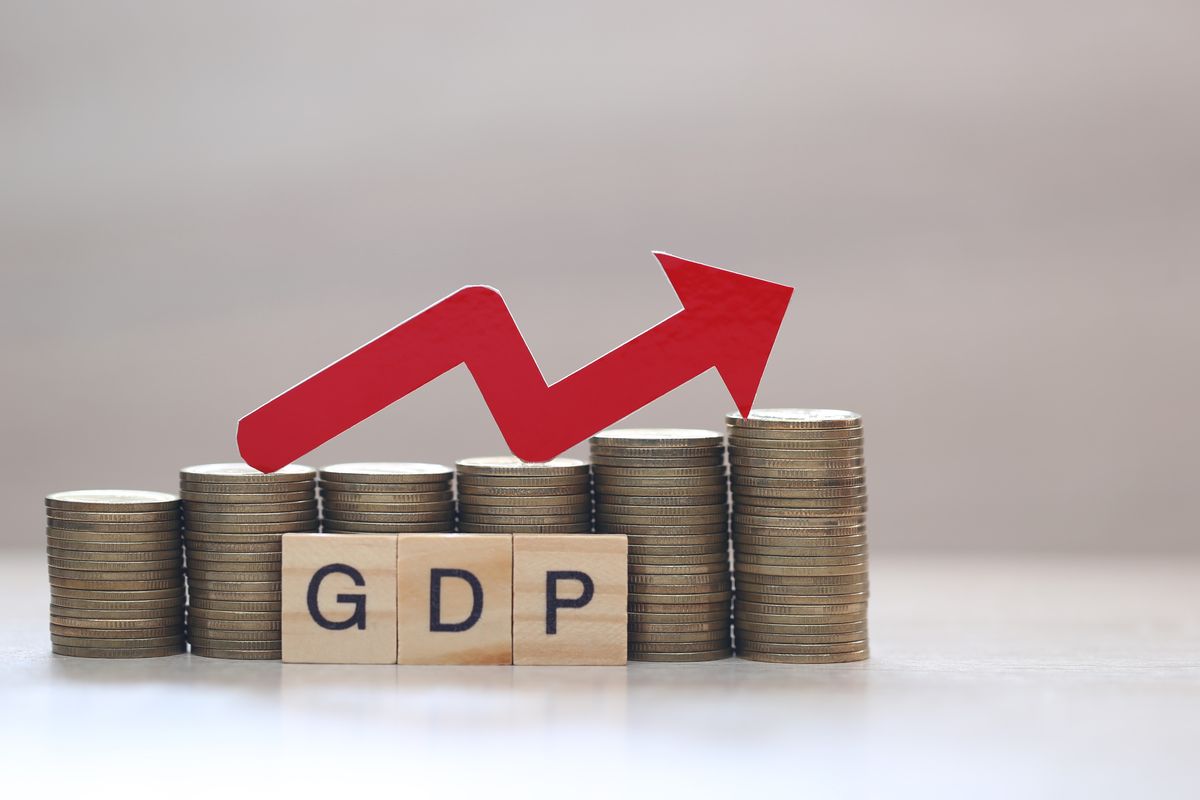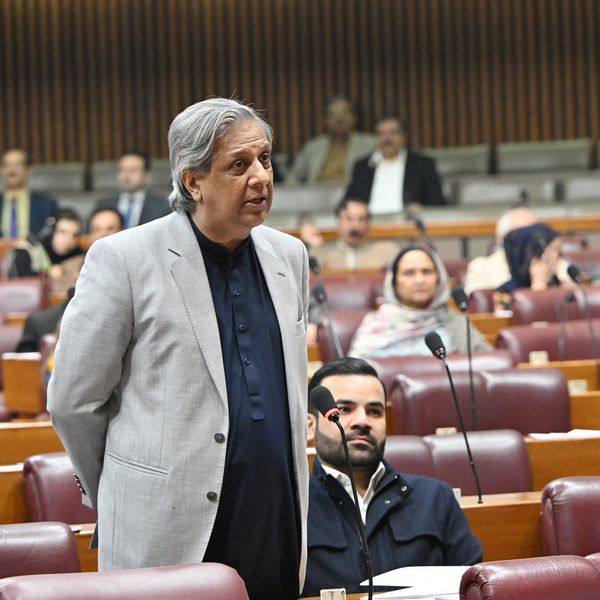Pakistan posts record primary surplus in FY25 after years of deficits
Country records a 2.4% of GDP primary surplus in FY25, reflecting improved fiscal discipline and revenues
Business Desk
The Business Desk tracks economic trends, market movements, and business developments, offering analysis of both local and global financial news.

The government posted a primary surplus of PKR 2.7 trillion ($9.7 billion), or 2.4% of GDP, in FY25.
Pakistan recorded its highest-ever primary surplus in fiscal year 2024-25, marking a sharp turnaround in fiscal discipline and economic management after more than a decade of persistent deficits.
According to official data released this week, the government posted a primary surplus of PKR 2.7 trillion ($9.7 billion), or 2.4% of GDP, in FY25. This is the second consecutive year of surplus and the largest on record.
In FY24, the country reported a smaller surplus of PKR 690 billion (0.6% of GDP), a notable shift from the PKR 1.8 trillion primary deficit in FY23.
Long period of fiscal strain
From FY2008 through FY2023, Pakistan consistently ran primary deficits, driven by weak revenue collection, unchecked spending, and reliance on debt to finance budget shortfalls. The primary balance, which excludes interest payments on debt, is widely regarded as a key measure of a government’s fiscal health.
Analysts say the consecutive surpluses reflect progress on fiscal consolidation, supported by tighter controls on non-interest expenditures and significant improvements in tax collection.
Pakistan also recorded a nine-year low fiscal deficit of 5.38% of GDP in FY25, according to a report by Topline Securities. The deficit figure benefited from a 36% year-on-year increase in both tax and non-tax revenues, compared to 18% growth in total expenditures.
The 5.38% fiscal deficit outperformed the government’s revised forecast of 5.6% of GDP, down from the earlier budgeted 5.9%. The International Monetary Fund also projected the deficit at 5.6% of GDP.
Overall revenues grew 36% year-on-year, driven by a 66% increase in non-tax revenues. These gains were led by a robust PKR 2.62 trillion dividend from the State Bank of Pakistan, compared with PKR 0.97 trillion in FY24, aided by higher interest rates and an expanded balance sheet.
In the last five years, Federal Board of Revenue (FBR) collections, including petroleum development levy (PDL), have grown more than threefold, from PKR 4.3 trillion in FY20 to PKR 12.9 trillion in FY25. Over the same period, GDP expanded from PKR 41 trillion to PKR 114.6 trillion.
Tax to GDP ratio at 7 year high
The FBR tax-to-GDP ratio, including PDL, reached 11.3% in FY25 — a seven-year high — compared to 9.7% in FY24 and an average of 9.9% from FY20 to FY24. The inclusion of PDL in the tax ratio reflects the government’s move to substitute it for sales tax, potentially avoiding revenue-sharing obligations with provinces.
Economists welcomed the record surplus as a sign of improved fiscal governance under a broader economic stabilization program. However, they cautioned that sustaining these gains will require continued political commitment, especially amid growing public demands and a fragile external sector.
The fiscal improvement offers Pakistan breathing space as it negotiates future lending arrangements and seeks to restore investor confidence.
Analysts said structural reforms and consistent policy implementation will be critical to avoiding a return to fiscal imbalance.










Comments
See what people are discussing